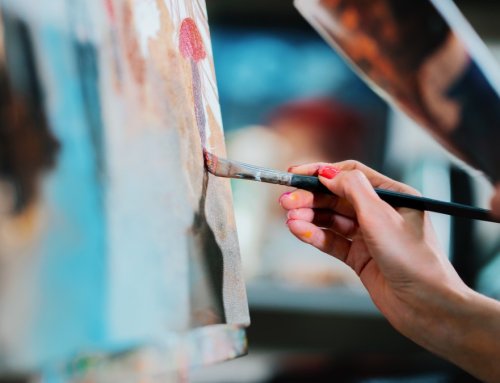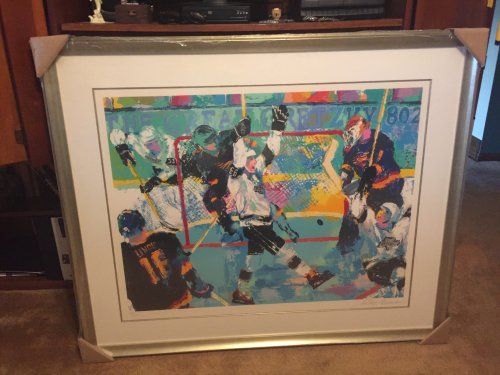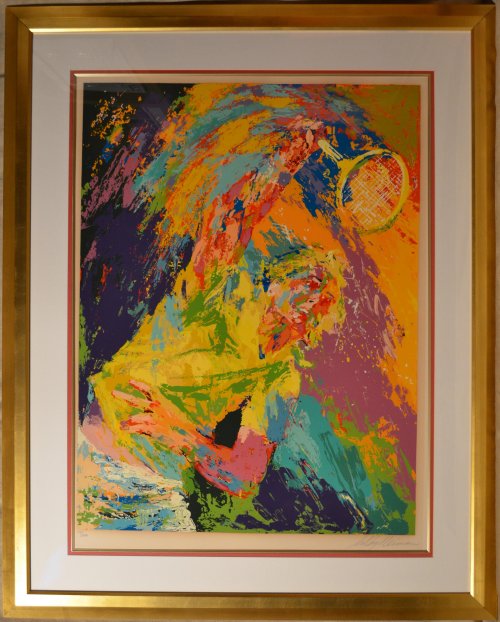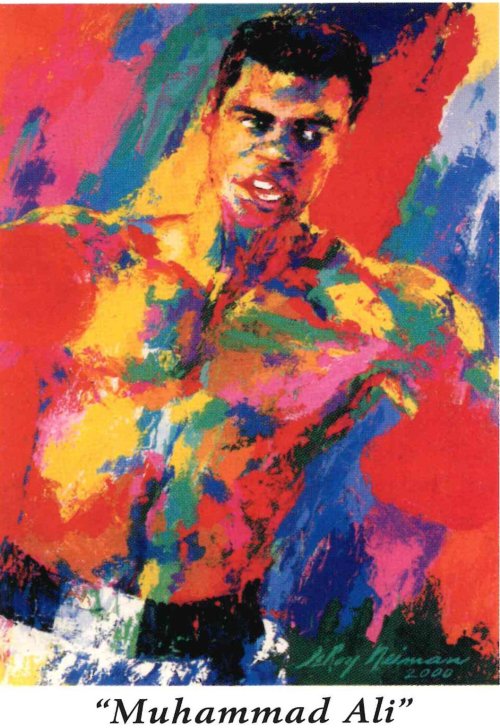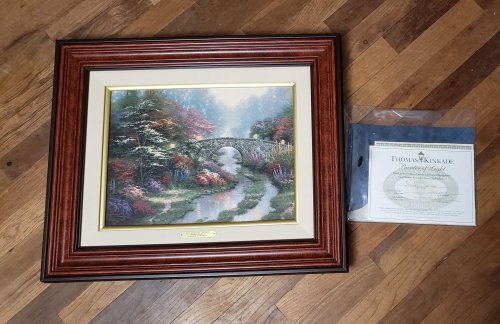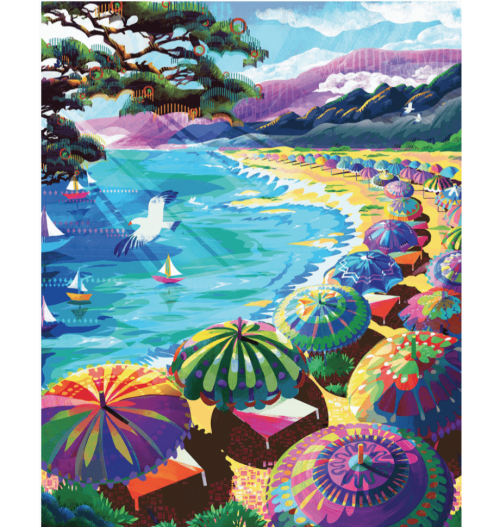The Art of Authenticity
Whether you’ve been collecting art for several years, or you are just starting to grow your collection, it is important to know if the pieces you’re purchasing are masterpieces, or fakes.
“‘With paintings in particular, you have to approach them with a healthy skepticism,” warns Martin Millard, director of fine art at Cheffins. “There are a lot of fakes and forgeries out there.” That is why the trained eyes of art historians are so important. Even with today’s scientific technologies – such as x-rays and chemical paint analysis – it often comes down to dedicated scholars poring over individual brushstrokes.’“ – The Telegraph
There is a reason why there are so many films which revolve around art and forgeries. Films like “The Thomas Crown Affair” or “How to Steal a Million” would not be the same without the art that is involved. Imagine if the characters in movies such as these had planned a heist to steal artwork, only to find out they had stolen a copy or a fake instead of an original piece! It’s a good twist for films, but not a good surprise for art lovers in real life. Therefore, getting a certificate of authenticity is a smart idea for every art purchaser.
Certificate of Authenticity
COAs (Certificates of Authenticity) guarantee that the piece being sold is in fact, true to what is being advertised. It shows that the work was done by that specific artist, is legitimate, and that it is of a certain quality. Theses certificates play a vital role in not only the artist’s business of selling their work, but for potential buyers/collectors.
“Serious art collectors will require any work they purchase to include a certificate of authenticity in order to prove provenance should they choose to sell the work on or donate it in the future. “
– via Format.com
Not only do COAs act as a form of sales receipt, they are also a form of risk prevention. Any artist, museum, or auction house needs to be able to maintain a good reputation. Having the artwork authenticated shows that they can be trusted, and in turn, get more potential buyers/clients. Living in the digital world, forgery is unfortunately rather commonplace, and this type of document decreases the risk of counterfeit art.
Now that we know why having artwork authenticated is important, let’s look at who is usually entrusted with assessing the art.
Qualified Authorities
It is highly possible that even if you have a COA, it could be full of false information and is therefore deceiving. Whether you are preparing to spend five dollars on a piece of work, or thousands of dollars, you deserve to have a qualified authority assess the art.
“Qualified authorities are people who have extensively studied the artists in question, published scholarly papers about them, curated museum or major gallery shows about them, teach courses about them, buy or sell at least dozens or preferably hundreds of works of art by them, writen books or articles or exhibition catalogues or essays about them, and so on.”
– Alan Bamberger, via Art Business
The Artists as the Authenticators
Of course, the artists themselves would be the best people to confirm the legitimacy of their work. However, this is not always possible.
“‘The problem is once an artist dies, of course there’s no way of going back and asking ‘did you make this? There’s nowhere to go with it. So, an authenticator like myself then has to make the decision. Is this what the artist wanted to represent him? Or did he do it for other reasons?’ “
While the death of the artist is the worst-case scenario, there are other reasons behind why turning to the artist isn’t always possible. For example, like in the case of well-known street artist Banksy.
“Banksy does not supply any of his works with a Certificate of Authenticity or actively claim any of the artwork to be his, due to his enigmatic persona. The biggest lot of Banksy’s work that went on the market was in a 2014 auction at Sotheby’s.”
Since Bansky did not claim any work to be his own at the auction, Sotheby’s needed sufficient reason to hold an entire Banksy sale. Steve Lazarides, Banksy’s agent until 2008, was the curator of the sale and was the qualified authority Sotheby’s needed to attribute the artwork to Banksy. (Daily Mail, 2014)” – Saatchi Art
The Professionals at Newport Brushstrokes
It is always suggested that individuals get more than one opinion when it comes to the genuineness of any piece of artwork before it is purchased. It may be hard to find one, (let alone two), opinions that can be trusted. This is where Newport Brushstrokes Fine Art comes in.
While they are known for their talented artists and reproductions, they are also the perfect people to turn to if you want a piece of artwork to be assessed for originality.
You may not be able to tell the difference between real and fake art, but the professionals at Newport can, so contact them today!
By Joanna Ahti


